Kasl Family Tiny House RV skirt: Concrete Panels & Straw Bales. Photo credit.
What is “Skirting” and Why is it Recommended?
Skirting is insulating material tucked around the bottom of your trailer, reducing the amount of cold air flowing under your trailer, therefore protecting exposed utilities and increasing heat efficiency. Even though the Tumbleweed trailer allows for 3 1/2 inches of insulation in the floor, trailer skirting is still recommended in extremely cold climates. It’s a great way to reduce your heat bills!
Five Options for Tiny House RV Skirting:
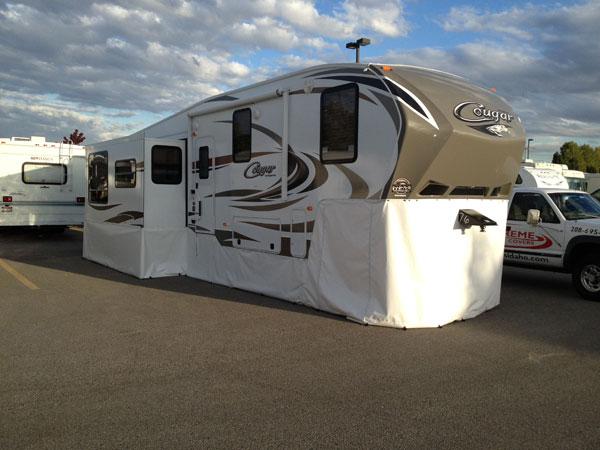
Engineered Canvas / Fabric / Concrete Panels: There are many companies out there that make custom RV skirts. Advantages: Proven efficiency, snug fit, low maintenance and often covered by warranty. Disadvantages: Can be expensive.
Engineered RV Skirting Photo Credit
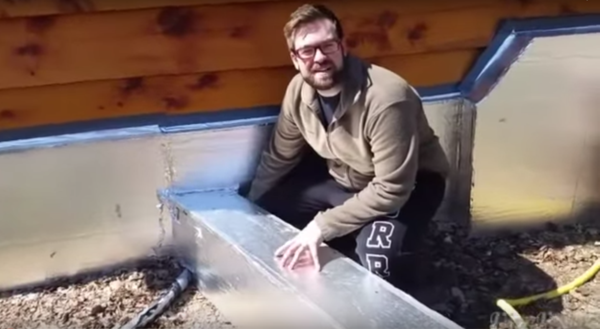
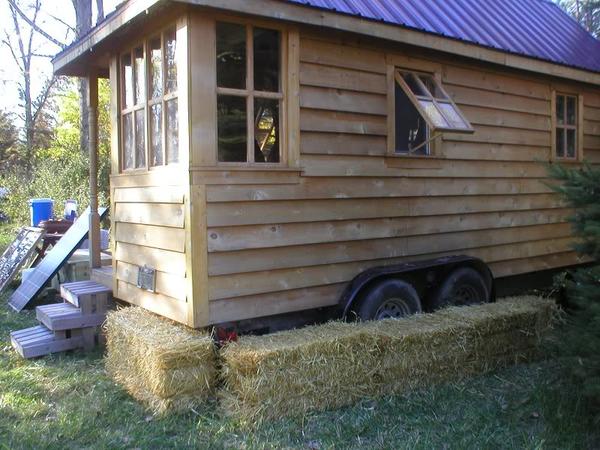
Straw Bales: A cheap DIY option is to purchase straw bales and tuck them around your trailer. Tip: Wrap your straw bales with a trap or heavy duty trash bags for extra protection.
Jonathan’s Tumbleweed Cypress in the process of skirting with straw bales. Photo credit.
Snow: Free option, if you live in an area with a large amount of snow. Pile snow around your trailer. Dig out your vents / water systems. This option will require consistent observation and maintenance.




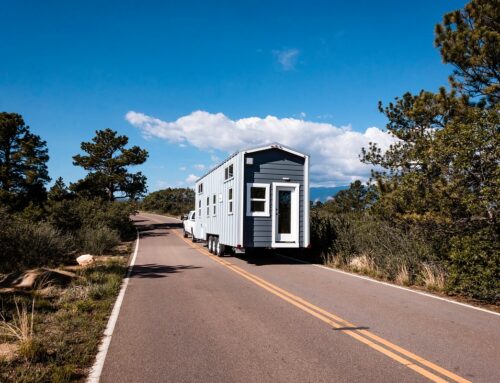


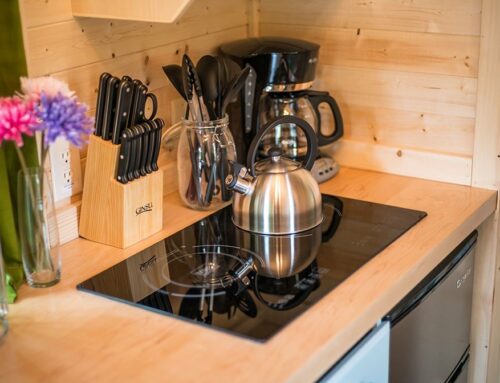
What would be the advantages of using rigid foam vs plywood in a cold climate as a thow skirt? Is the rigid foam used to prevent cold from getting under the house? I’m on Ontario and wondering if using just plywood would be enough.
I keep reading hay or straw bales have the potential to catch fire,moreso in a large stacked pile. Have you ever had an issue with straw bales combusting when placed around an rv?
One should not use anything with wood in the southern states. Termites love wood touching the ground. Being a Realtor, we have learned this is a problem with mobile homes. Just a simple wood rose arbor was touching the mobile home. The termites ran right up the arbor into the walls.
I would be concerned about straw bales attracting critters. I wouldn’t want anything that draws mice close to the tiny house.